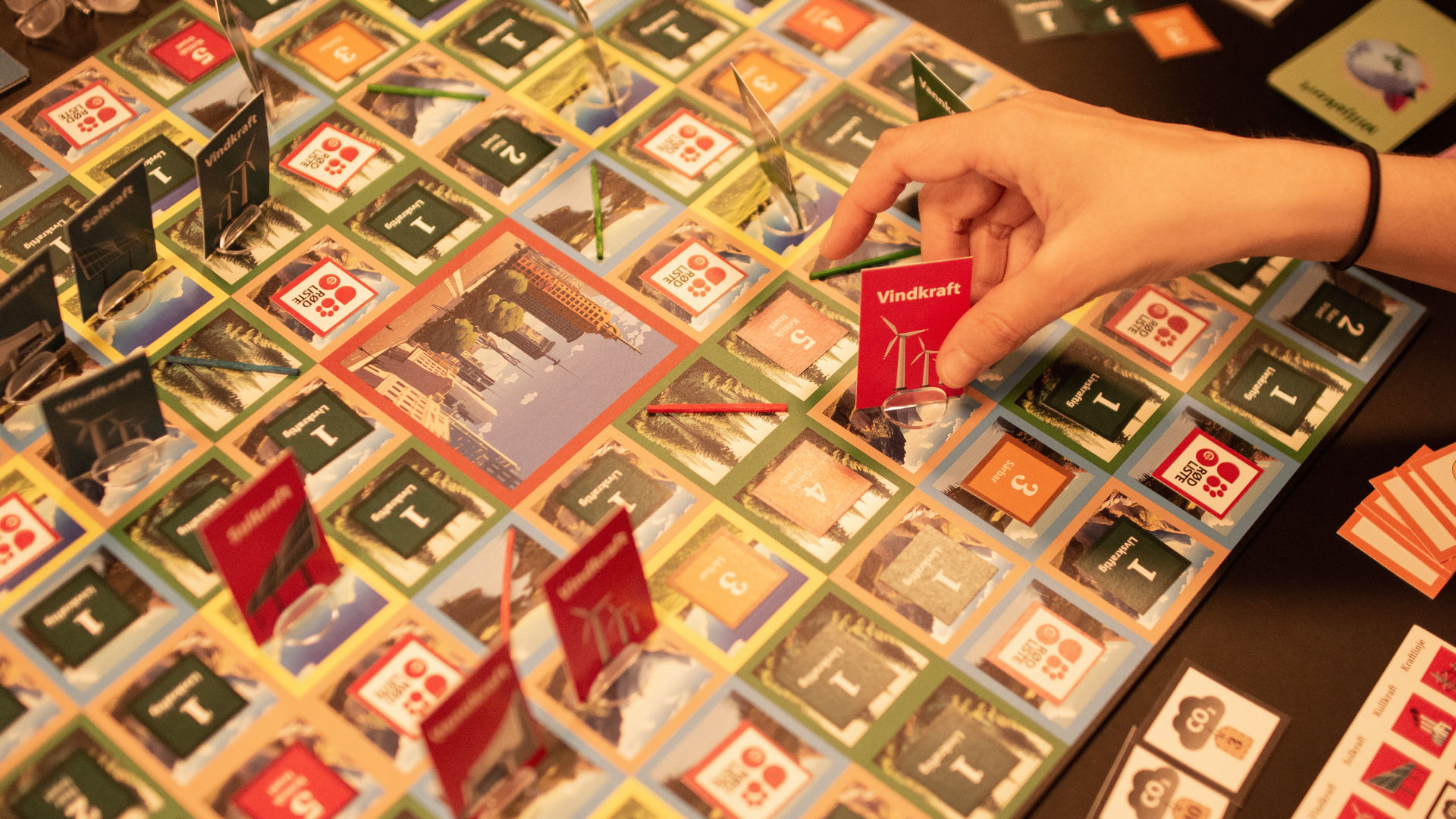Although we have life cycle impact assessment (LCIA) models to assess the biodiversity impacts of hydropower and on-shore wind power in Norway, a gap remains to quantify the impacts of power lines. Globally, power lines kill hundreds of millions of birds annually by collision or electrocution.
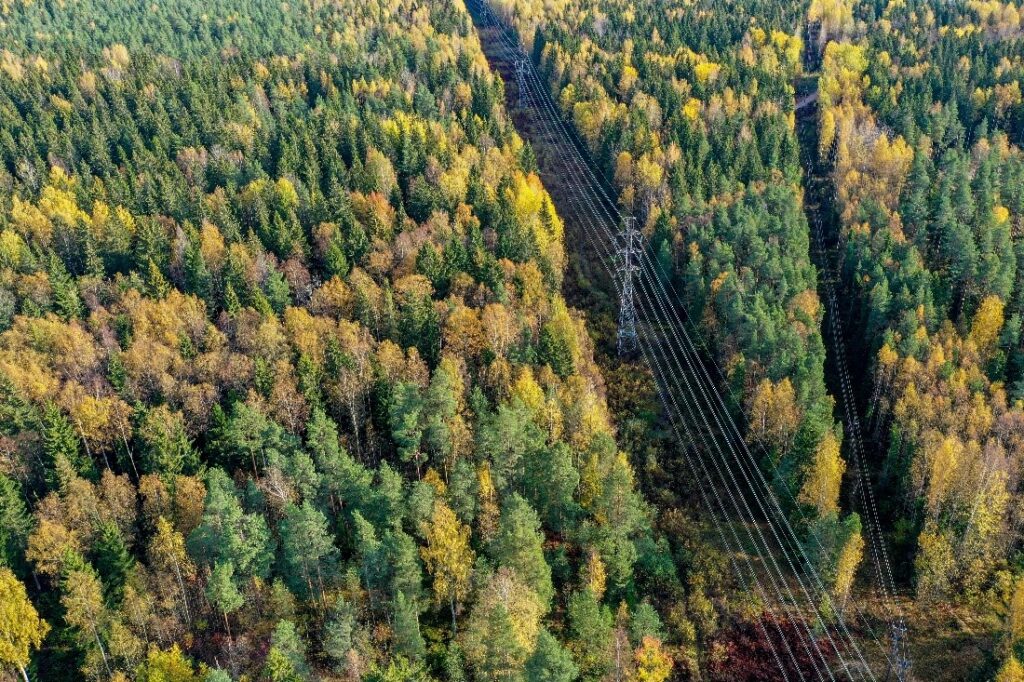
Nowadays, there are approximately 80 million kilometers of power lines around the globe. We can expect the global grid to double in length by 2030. That’s a lot of power lines!
The impacts of the energy systems in Norway
The initial stage of my research delved into the electrical grid, exploring the impacts of power lines on Norway’s bird and mammalian species richness. In the second phase, I am assessing the overall impacts of Norwegian power generation and distribution on biodiversity.
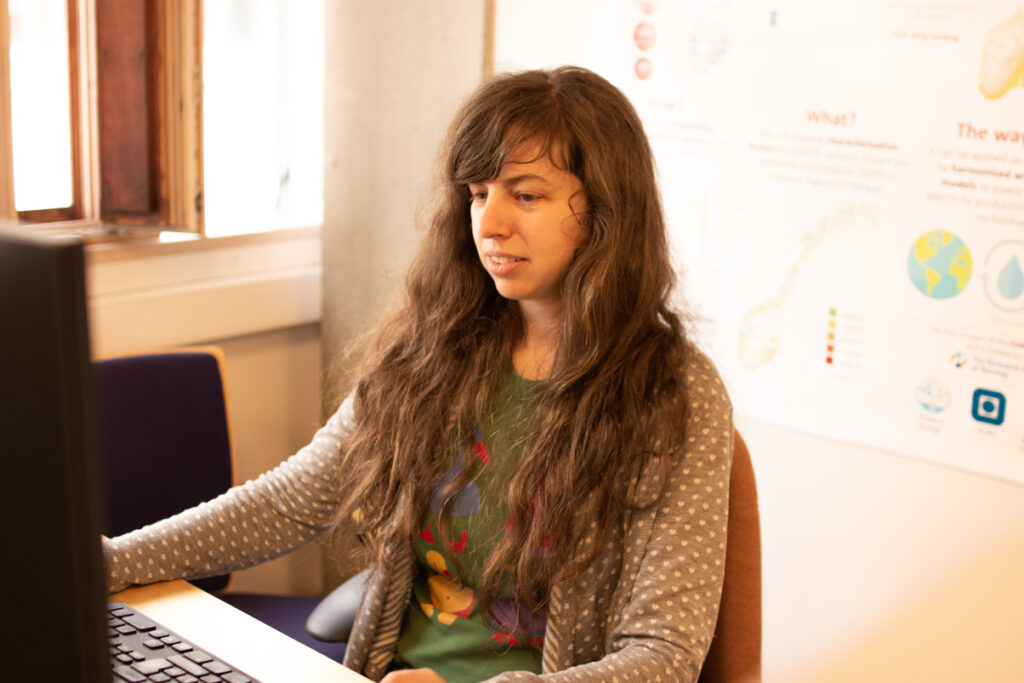
The Norwegian government aims to increase its renewable energy production by hydropower, onshore and offshore wind power, and solar power to become a low-emission nation by 2050. This will have an impact on the local biodiversity. While the energy transition is essential (Sustainable Development Goal, SDG 7), our research models, which integrate energy production and distribution, will provide a holistic assessment of the impacts of the energy systems in Norway. We aim for these models to aid the public and policy-makers in mitigating the effects of renewable energy on biodiversity (SDG 14 and 15).
How will we research this
We develop LCIA models to quantify the impacts of collision, electrocution, and habitat conversion and fragmentation. Our methodology combines species distribution maps, species-specific characteristics, land cover data, and the geospatial data of power lines and pylons.
In the final stage of the research, we collaborate with the FIREPLUG project. We are harmonizing existing LCIA models that quantify the impacts of hydropower and wind power on biodiversity to assess the overall biodiversity impacts. We will also develop scenarios for evaluating the potential biodiversity impacts of future renewable electricity production and distribution in Norway.
A board game version of our research
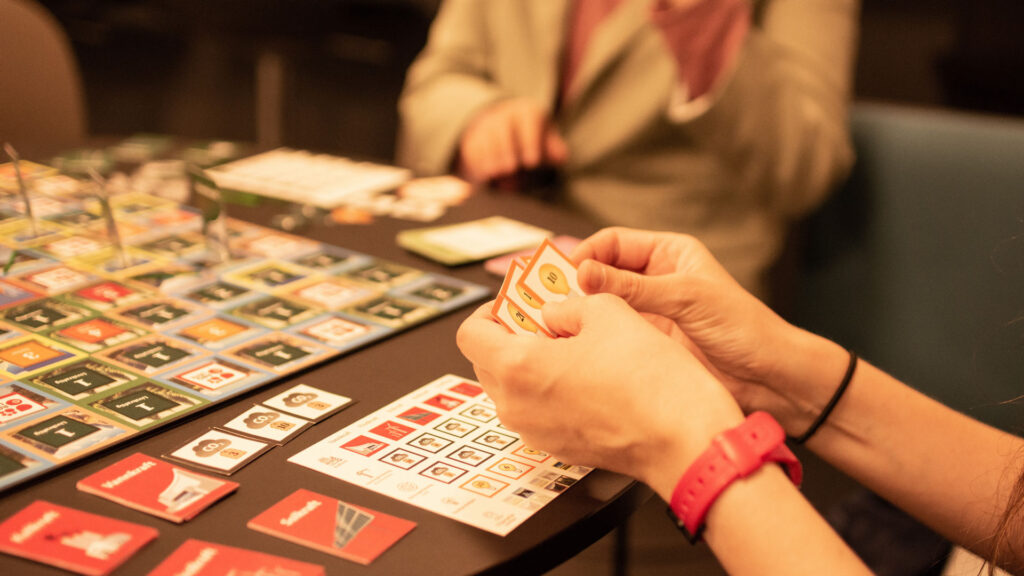
Since the topic of this year’s Researchers’ Night on 29th September is energy, our research group decided to present our research by developing a board game. In the game, players try to generate electricity with minimal carbon emissions and biodiversity impacts. Sounds easy? It surely isn’t!
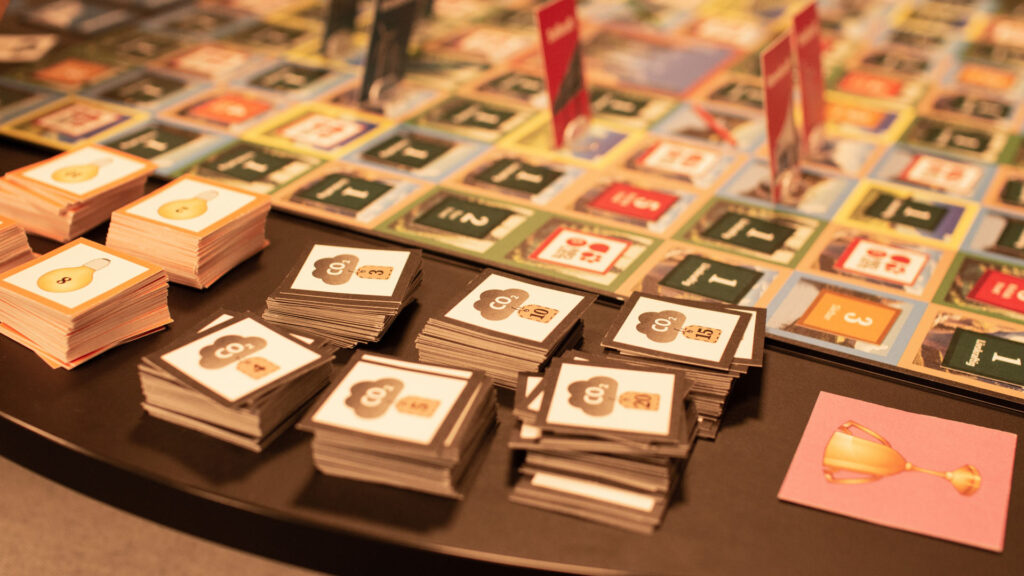
We presented our initial idea of the game at a conference in Leiden last July, the 11th International Conference on Industrial Ecology (ISIE) and won the 1st prize in the “Creative Abstract” competition! See our video below.
If you want to hear more about our game (and even try it out!), you can join our upcoming EPT Day on the 14th of November, 2023.
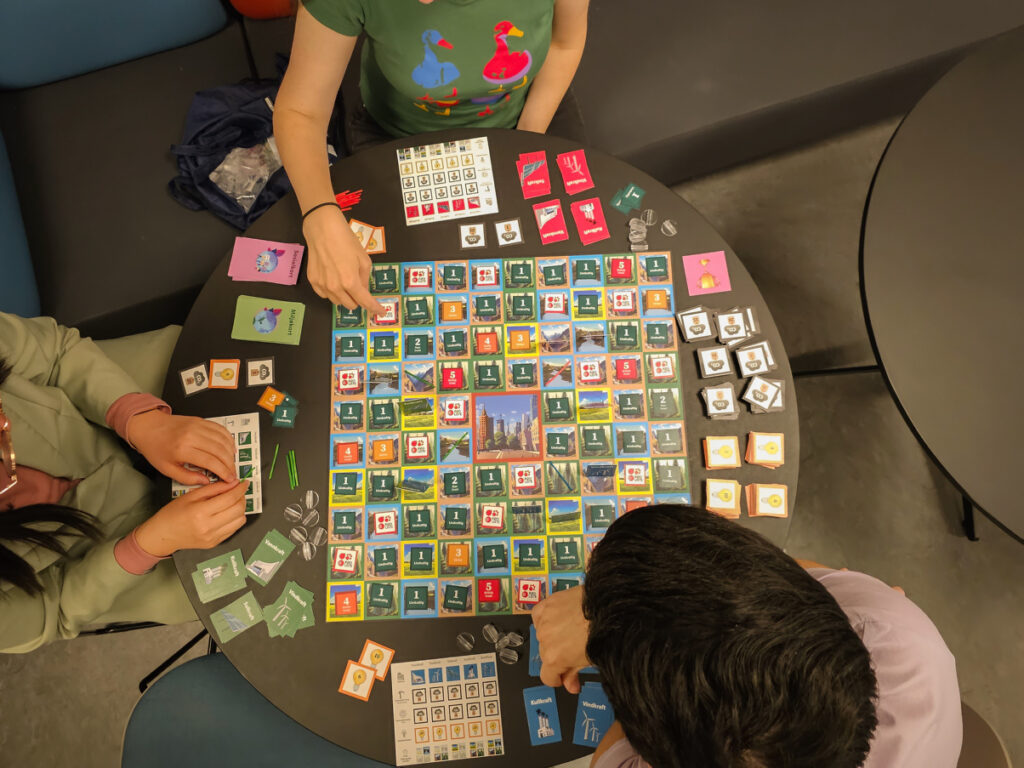
Video presentation of the game
About the author

Dafna Gilad is a PhD candidate at NTNU – Department of Energy and Process Engineering and the Industrial Ecology Programme. Her PhD is a part of the CONSENSE project, which aims to assess the overall impacts of Norwegian power generation and distribution on biodiversity through a life cycle perspective.
The project is funded by the Research Council of Norway (NRC). It is a collaboration between NTNU and the Norwegian Institute for Nature Research, NINA. Gilad’s main supervisor is Francesca Verones at NTNU, and her co-supervisor is Roel May at NINA.

